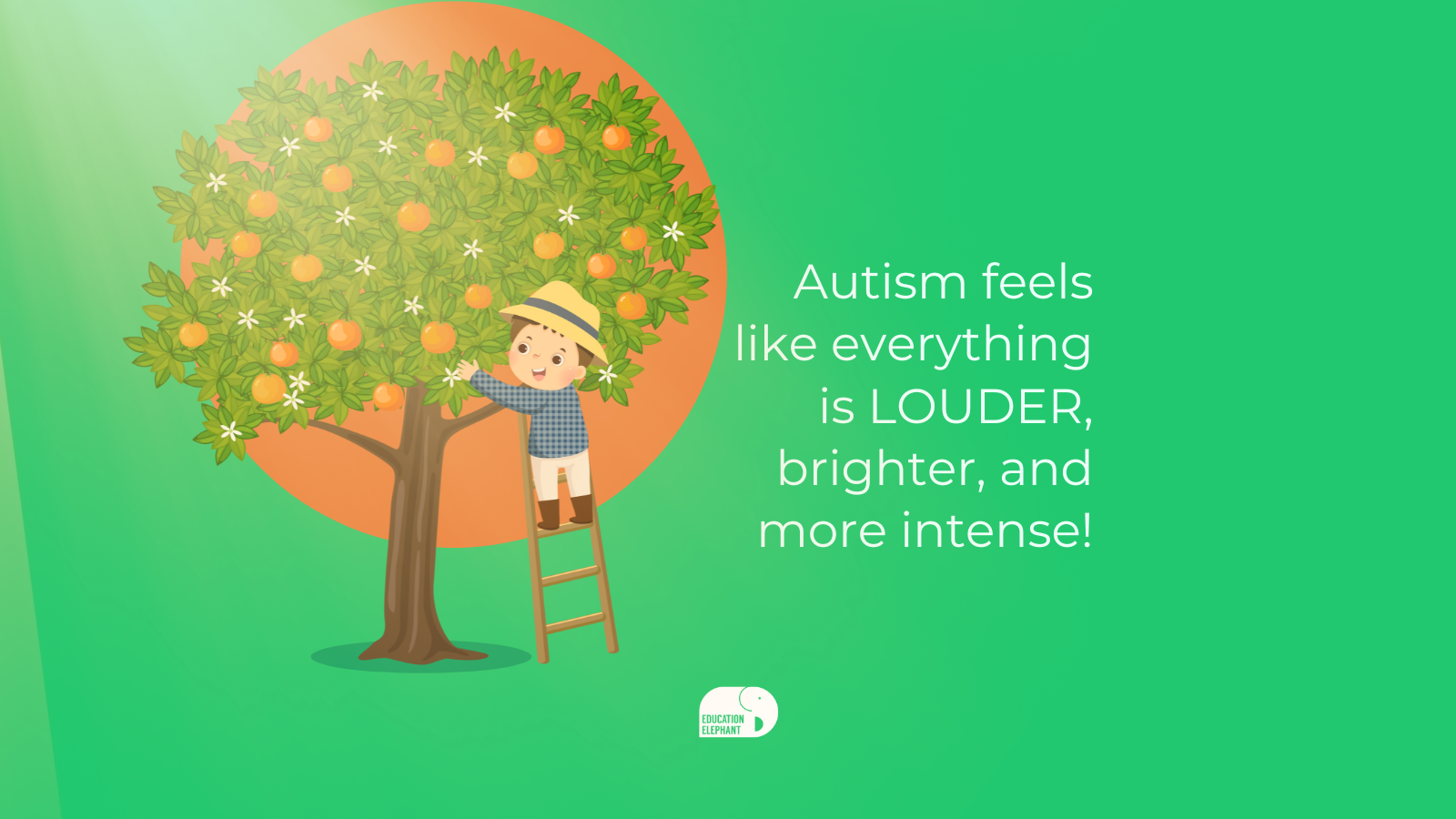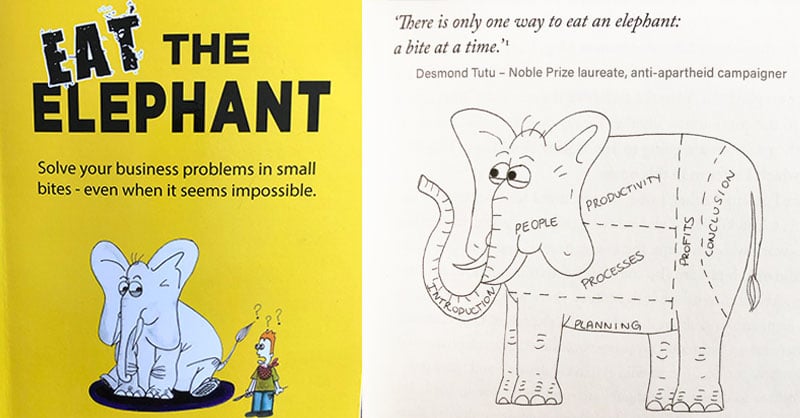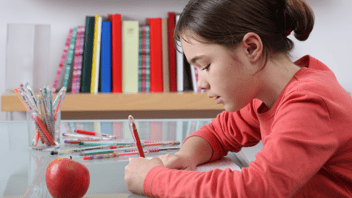

Seeing kids with autism in our schools is common everywhere. But many teachers feel unsure about how to help them. As a teacher who has been through this, I want to share seven important tips to help other teachers. This can make working with kids who have autism easier and rewarding.
1. Understanding Autism
Working with students with autism might feel overwhelming at first thought, mostly because you might not know much about it. But, there's a lot of help out there, both within your community and Education Elephant Resources which can help alleviate your concerns.
It's important to keep learning and to see each student as an individual. Remember that the student is, at the core, just another new addition to your classroom. With the right support and a willingness to adapt, you can create a great learning space for everyone, including yourself. In doing so you will be prepared for anything that you might fear!
2. Celebrating What Makes Each Student Special
Every student with autism is different, with their own likes, skills, and needs. It's important to see and celebrate these differences. From specific interests and skills to distinct motor and sensory needs, acknowledging and appreciating these differences is important.
3. Learning from the Student
There's no single best way to teach students with autism because each one learns in their own way. Getting to know them will help you understand how to meet their needs.
4. Working Together
It's really important to connect with the student's family, other teachers, and anyone else who supports them. Sharing what you know and learn can help everyone involved. It's about building that support network that takes the weight off of one person, instead everyone can work together in the best interest of the child.
5. Embracing Ups and Downs
Some days will be better than others. Students with autism might have days when they're more or less social or in a good mood. Being flexible and understanding these changes can help keep your classroom welcoming and understanding of these ups and downs.
6. Being Patient
Sometimes, students with autism might need more time to understand new things. Being patient and finding fun and creative ways to learn can help every student in your class, not just those with autism. Focus on the progress you have made rather than the time it takes, give yourself credit!
7. Enjoying the Journey
Just like every student is unique, so is their growth and learning journey. Even though the future is unpredictable, one thing that is for sure is that your hard work and dedication can make a big difference in their lives.
Happy Learning from The Team at Education Elephant! 🐘
First time here?
P.s If you are on LinkedIn so are we! We condense ADHD, Dyslexia, Autism, Dyspraxia and more into bite size pieces so you don't have to eat the whole elephant in one.

Don't worry we don't mean really eat the Elephant!
You've got this; we're just here to help you connect the dots and help you support children as best you can! 🐘


